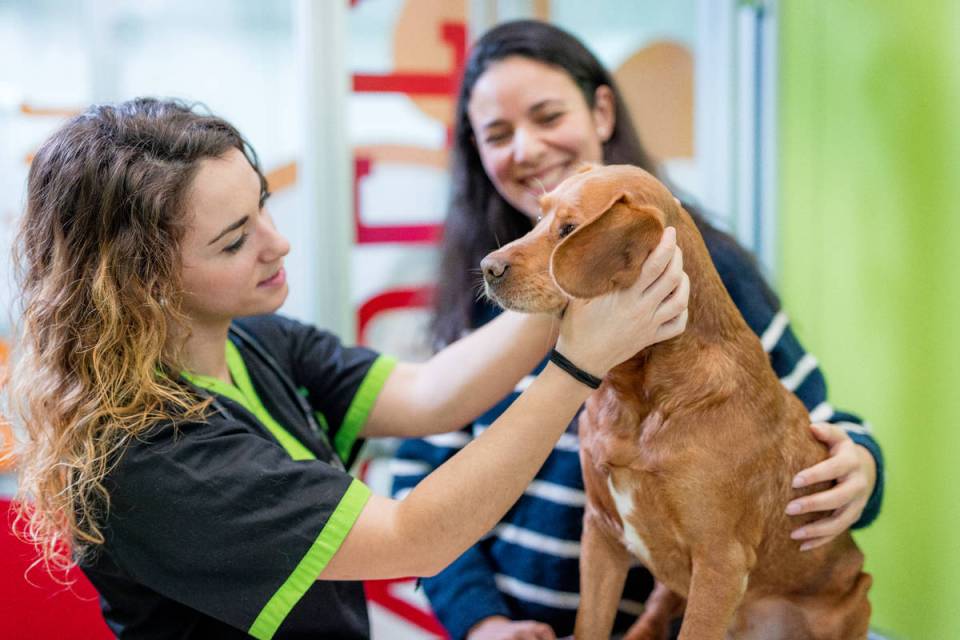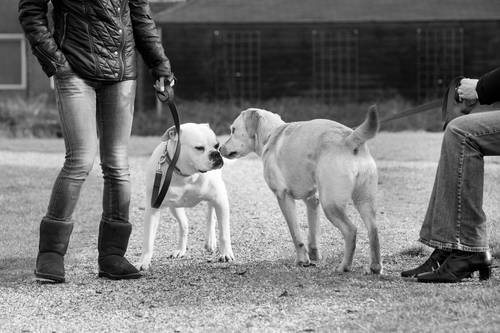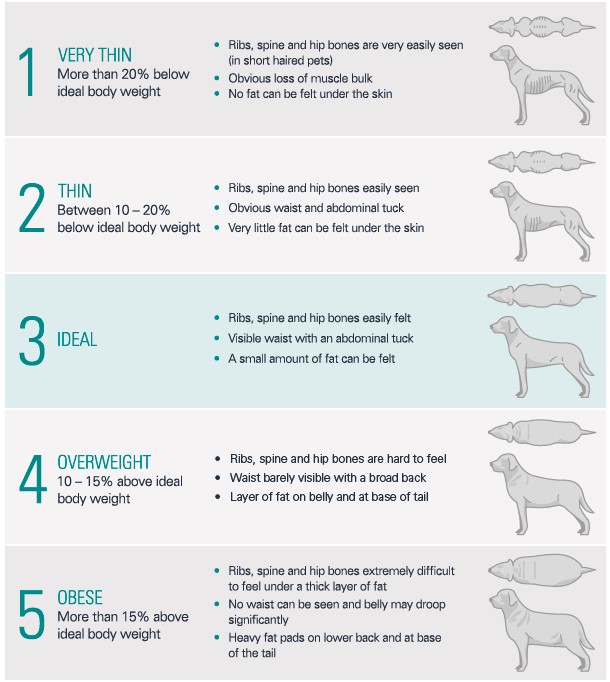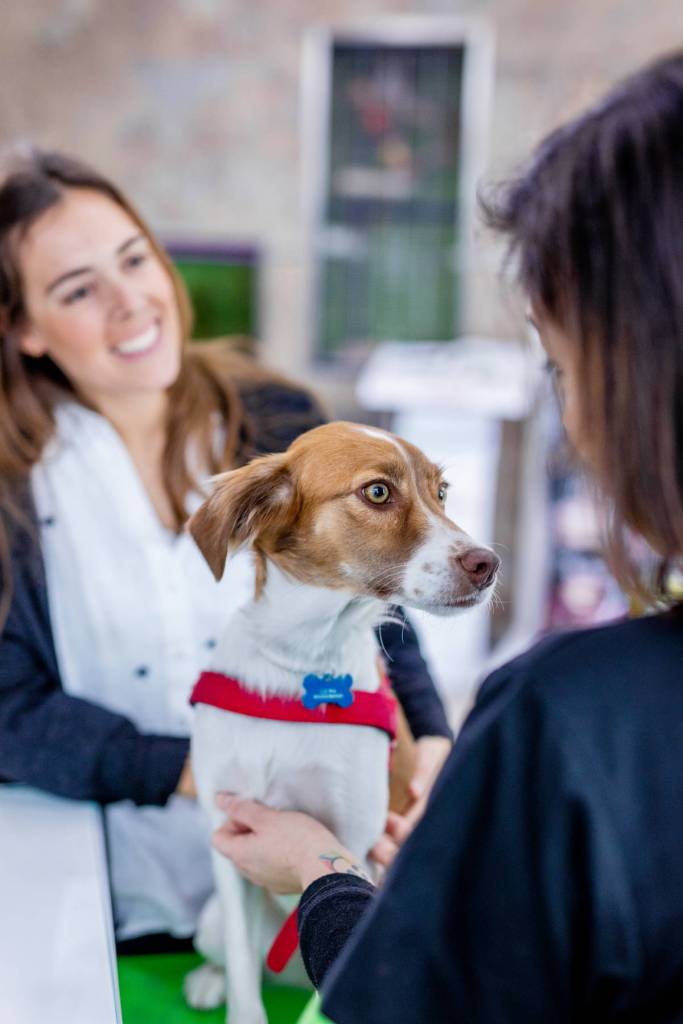Information for Dog Owners
We are a nation of pet owners, but sometimes loving our dogs is not enough. Dogs are treasured family members but it can be easy to forget that dogs have their own very specific and special needs. At MSD Animal Health we are dedicated to the promotion of a proactive approach to your dog’s health and wellbeing, by considering 5 key areas of focus. Knowing what makes for a happy healthy dog isn’t always obvious but within this page you will find key information about your dog’s health and wellbeing – If you have any concerns about your dog’s health, always ensure to consult your local veterinary practitioner as soon as possible

Health
We have decided to begin our advice on the topic of health – simply because that’s our area of expertise. That doesn’t diminish the other key areas of care below. Quite frankly – its close to our heart!
As a dog owner, you are the single biggest influencer on your dog’s future health. By taking appropriate preventative measures many of the risks that may damage your dog’s health and welfare can be minimised. Neutering is an important consideration and is often recommended from around 6 months of age in bitches. Some research indicates that this may reduce the risk of future mammary cancers. It avoids the risk of unwanted seasons and pregnancy in bitches, and castration also reduces the chance of unwanted behaviours in male dogs. Regular inspection of claws, grooming, and dental care can help ensure you spot and manage problems early. Consider investing early in pet insurance and a health plan to make sure all your pet’s health needs can be covered affordably. An annual health check for your dog is a valuable opportunity to assess all potential risks to your dog’s health including those posed by infectious disease. There are two key elements to routine preventive healthcare – Vaccination and Parasite Control.
VACCINATION
Ensure your dog is vaccinated against key infectious disease. We will now look at some common questions owners pose regarding vaccination with a view to allaying any concerns you may have about proper veterinary care of your dog.
Why does my dog need to be vaccinated?
Vaccination stimulates the dog’s immune system, teaching it to recognise and fight important infectious
diseases. Some infectious diseases can prove very serious and may not be treated effectively. Vaccination provides the best way of reducing the risks that these diseases pose. Your veterinary practitioner will advise on the diseases your dog can be protected against through vaccination, such as:
Distemper
Canine Hepatitis
Parvovirus
Leptospirosis
Kennel Cough
Rabies
Why does my dog need booster vaccines?
Your dog’s immunity following vaccination wanes over time, and for certain diseases your dog will require an
annual booster to ensure that immunity is maintained throughout life. For other disease your vet will decide
when or whether your dog needs a booster depending upon the risks your dog is exposed to. In order to ensure appropriate vaccination, your dog must be in good health. This is one reason why your vet will first perform a complete health check.
Why do we protect dogs against some diseases that we see more rarely?
Ensuring as many dogs as possible are protected by vaccination helps prevent these diseases spreading and keeps the incidence low. However, if we stop vaccinating we risk these diseases re-emerging and outbreaks occurring.
PARASITE CONTROL
Regular safe and effective control of internal and external parasites according to risks not only protects your pet but also reduces the likelihood of household exposure. Fleas and ticks can cause serious health problems in dogs and are a year-round risk. Do the best for your pet and keep your pet protected by regularly applying parasite treatments, as directed by your vet.
5 key facts you should know about parasites:
• Fleas can infest your dog from a very young age and at any time of the year. A single female flea can
produce up to 50 eggs per day which will fall off your pet into your home. The eggs hatch into maggot-like larvae, then develop over the following weeks in the carpets and soft furnishing of your home.
• Flea larvae change to pupae that are resistant to treatment and may lie dormant in the home and garden
for many months before emerging as adults. The adults will seek out and feed on your dog‘s blood once
emerged, but will also bite dogs and humans too.
• Ticks are a growing threat. Your pet can be exposed to ticks on walks, in public parks, woodland, grassland or farmland. Ticks are not just a problem in rural areas; urban gardens and parks provide good habitats for ticks. These blood-sucking parasites are a serious health risk, and can transmit diseases such as Lyme Disease to pets and people.
• The best product for your pet may depend on a range of factors – please speak to your local veterinary practice for their advice.
• There are a number of different worms which can infest dogs, including roundworm, hookworm, lungworm and tapeworm. Although they may not be visible, dogs are commonly infected with worms.
HUMAN RISK:
The roundworm, Toxocara canis, can affect humans too, if eggs are accidentally ingested. Children are most at risk, as they may play in areas (sandpits, gardens etc.) where worm eggs are commonly found. The parasite can cause a variety of problems, including damage to the liver, lungs or eyes. Regular treatment will
help to protect your dog and this will help to protect your family too…
Fleas and ticks can cause serious health problems in dogs and are a year-round risk. Do the best for your pet and keep your pet protected by regularly applying parasite treatments, as directed by your vet.

In spring, as the weather warms up, ticks and fleas start to become more active. In summer, the risk from both fleas and ticks is high, just when we are spending more time outdoors with our pets. Flea populations are at their peak in early Autumn, and ticks remain active throughout the milder months. Fleas will happily live indoors in centrally heated homes if protection is not maintained. This is why experts recommend year-round protection against fleas. The protection required against ticks is based on the timing of likely exposure and consequential risk. A long acting product is now available from your local veterinary practitioner which allows seasonal control of fleas and ticks.
TIPS ON KEEPING UP TO DATE WITH PARASITE PROTECTION
Even with fewer doses to remember, it can be easy to forget! Keep on top of your pet’s treatment by:
• Asking your vet about treatment reminders
• Set up a recurring reminder using your smartphone calendar
Care & Companionship
Dog ownership brings both physical and mental benefits to our wellbeing – our dogs deserve to benefit from a good quality of life in return.
Microchipping helps ensure your dog can be identified and that you can be reunited with your pet in case of loss or an accident. It is now legally required to do so.
Dogs like to frequently go outdoors; prolonged periods left alone at home should be avoided – ideally, regularly leaving a dog alone for more than 4 hours a day should be avoided.
Ensure they have suitable care and supervision at all times including while on holiday.
Keep your dog safe from summer heat – the main reason hot weather is an issue for dogs is because they are not able to cool off efficiently. They don’t sweat and have to pant to release the heat. Issues that arise from overheating in summer heat can include dehydration, heat stroke and sunburn.

Feeding & Diet
Dogs should be fed a specifically formulated commercial dog food (ideally dry). This is the most practical approach to feeding, which ensures a balanced diet that can be adapted to their age, weight, breed, lifestyle, physical activity and state of health.
Table manners matter are important; bad feeding habits can cause digestive upsets and lead to problem behaviours. Don’t feed dogs from the table. Always feed from the bowl and avoid large quantities of table scraps. Always take care not to feed or allow access to certain human foodstuffs. Raisins, chocolate and onions are examples of particular foodstuffs known to be toxic and potentially dangerous.
Ensure your dog has fresh clean water readily available. Take care with treats! Provision of chews, such as rawhide chews, are often recommended to assist dental care, but cooked bones should be avoided at all costs. Give treats in small quantities for training purposes or on an occasional basis only, reducing the main meal if a treat is provided. Larger quantities may unbalance the diet, lead to health problems and may certainly lead to unwanted calories. Be very careful with the amount and type of food you give to a ‘large breed’ dog – too much can lead to serious joint problems. Basically what a dog needs is a complete, balanced diet, made with top quality ingredients and added nutrients to meet their individual needs – to make sure that your dog develops strong teeth and bones, muscles and a healthy immune and digestive system. For older dogs, feeding twice a day is fine. They don’t need milk or any other supplements as these may not contribute to a balanced diet – just the correct amount of the correct type of food, formulated for dogs and free access to water. Weigh your dog regularly and use the guide below to assess whether your dog is the ideal weight or not.

Behaviour & Interaction
Early training and socialising are the best way to create good manners and a solid bond. It is more challenging to amend behaviour later. Early efforts ensure your puppy will interact well with other dogs, animals and people and reduces the chance of fearful, anxious and aggressive behaviour. Train your dog with kind and effective methods involving positive reinforcement – a happy and obedient dog is a pleasure to own and enjoy. Training and socialisation are mutually related – a well socialised puppy is invariably a well trained dog and vice versa. They should be handled by family members and strangers as soon as possible and then be introduced to other friendly adult dogs, cats and rabbits as soon as their vaccination programme allows. Allow them to meet other animals (horses, cattle, sheep, goats), children, teenagers and adults, initially under supervision, to become socialised effectively. Meeting loud confident people through to quiet timid people, those wearing hats, glasses, beards and various types of clothing will all broaden your puppy’s socialisation programme. Meeting the vet as early as possible and being examined on a table gently will encourage confidence in the experience.
Make sure playtime doesn’t encourage or reinforce undesirable behaviours – choose suitable toys that don’t resemble things you don’t want chewed and avoid those, such as thrown sticks and stones, that might cause injury. Ensure you dog becomes accustomed to various sounds and experiences. Learn to read your dog’s mood! Scent marking, body posture and tail movement, as well as the barking and sound made by dogs, can all indicate when they feel unhappy or threatened.
Even small changes in behaviour may indicate an underlying medical or stress-related issue. Consult your practice as soon as possible if you see a change in your dog’s attitude or demeanour.

Environment & Security
Practical tips for creating the right environment for your dog’s needs
Make sure your dog has a safe place to go to sleep and rest comfortably away from disturbance. Use a suitable dog bed where your dog can sleep and rest undisturbed. They can be interested in exploring their environment actively including, what is perceived to be, damage to their own bedding or anything within reach. Ensure poisonous and hazardous substances and items are stored safely out of reach. Dogs are naturally inquisitive and may injure or poison themselves by accessing drugs, medicines, household chemicals, or inappropriate foodstuffs (see feeding and diet). Ensure electric cables for household appliances are tucked safely away. Seek advice early if you spot signs of stress when your dog is left alone for short periods – barking, whining, wetting or soiling in the house and destructive behaviour can all relate to separation anxiety.
Early training to remember shoes are not toys and the kitchen floor is not the toilet can seem challenging but, most importantly, do not lose hope. The use of newspapers (which they can unfortunately decide to shred before working out that they should be used as “facilities”) can prove to be quite useful for toilet training. Some puppies learn quicker than others so don’t draw comparisons to previous puppies you experienced. and how fast they trained. We’re all different and they are too!
Ensure adequate opportunities for regular daily exercise out of home and garden ideally off the lead – at the times and frequency appropriate to needs of dog breed, age and fitness. Remember, however, that you as the owner, are responsible for control of your dog in a public setting so only allow off-lead exercise if it is safe to do so. Always ensure safe and secure travel within vehicles – secured with a seatbelt on the back seat
or within a secured travel cage or behind a dog grid. It is often useful to accustom your dog to car travel at an early stage (including exposure to the harness), and ensure they have clear visibility of the horizon as this lowers their likelihood of car sickness.
Dogs are generally happy with the simple things in life such as walks – runs in the park, in the woods and in the field. Most love chasing a ball or other toy, splashing in and out of water, getting in the mud and making a mess. They’re loyal, obedient (if you train them), and full of fun. Enjoy them and they will enjoy you! They’ll do tricks because they want to please you, they’ll slobber on you but, best of all they will love you unconditionally!

Hygiene
As a new dog owner, you are the single biggest influencer on your dog’s future health. By taking appropriate preventative measures many of the risks that may damage your dog’s health and welfare can be minimised. Ensure your dog’s bed is cleaned regularly. Look out for soiling with urine and faeces and address immediately. After all, you like your house to be spotless so your dog does too! Good habits are formed early. Aside from house training, hygiene of feeding utensils, toys and other items that your dog uses regularly is of paramount importance. Do not use household crockery for feeding your pet. This carries significant risk of infecting you or your family with parasites. Regular vacuuming of all soft materials that come in contact with your pet, including carpets and upholstery, will lower the risk of flea infestations. Ask your vet for further advice concerning parasite control that is appropriate for your dog. Regularly inspect your dog’s skin surface and address any hygiene issues accordingly. If you wash your dog, ensure you use an appropriate pet shampoo and that the dog is rinsed and dried thoroughly afterwards. Bathing of puppies early in life can make the process of a full body makeover easier in later life when items like hair dryers, brushes and combs are less well accepted.
